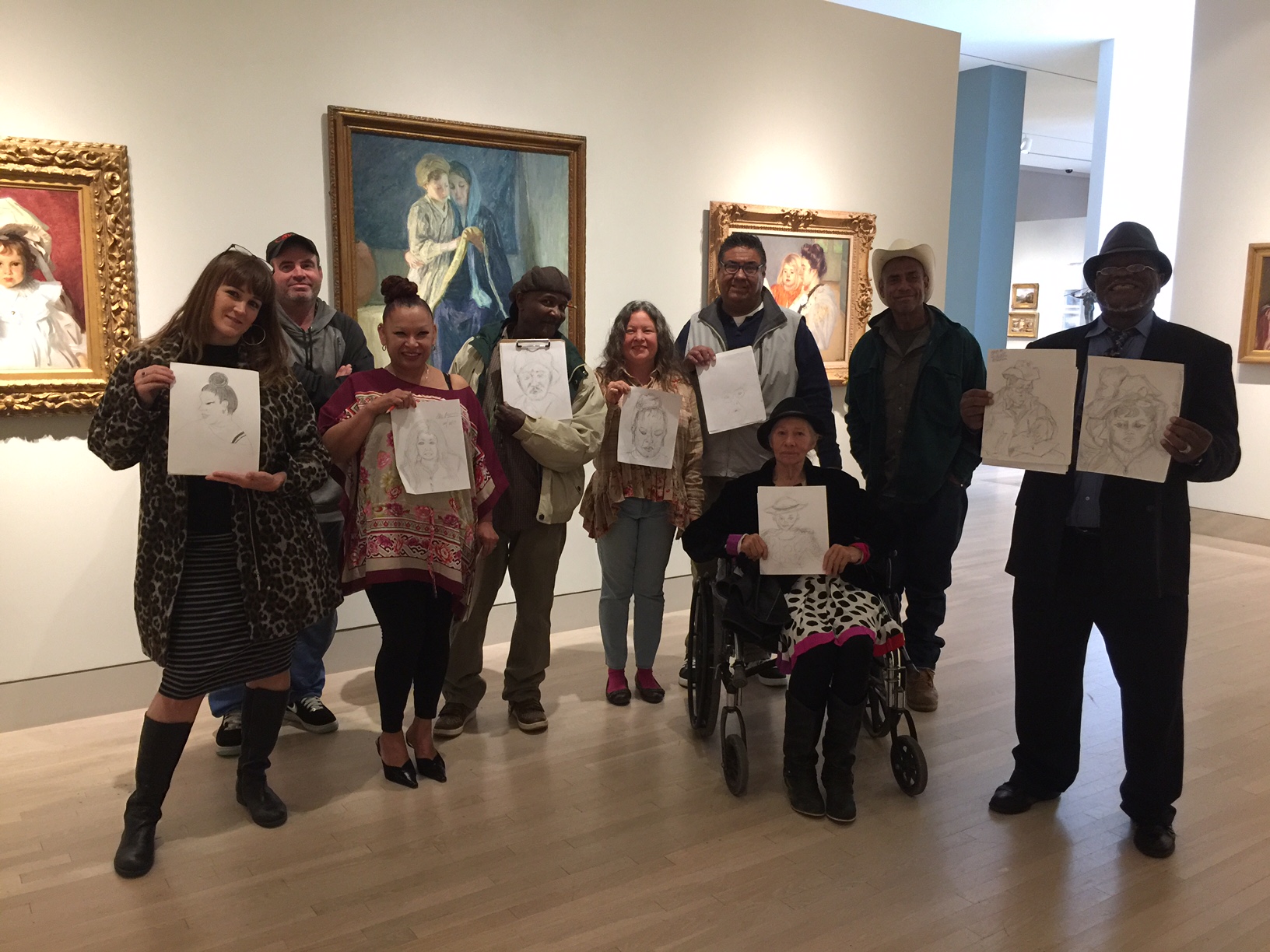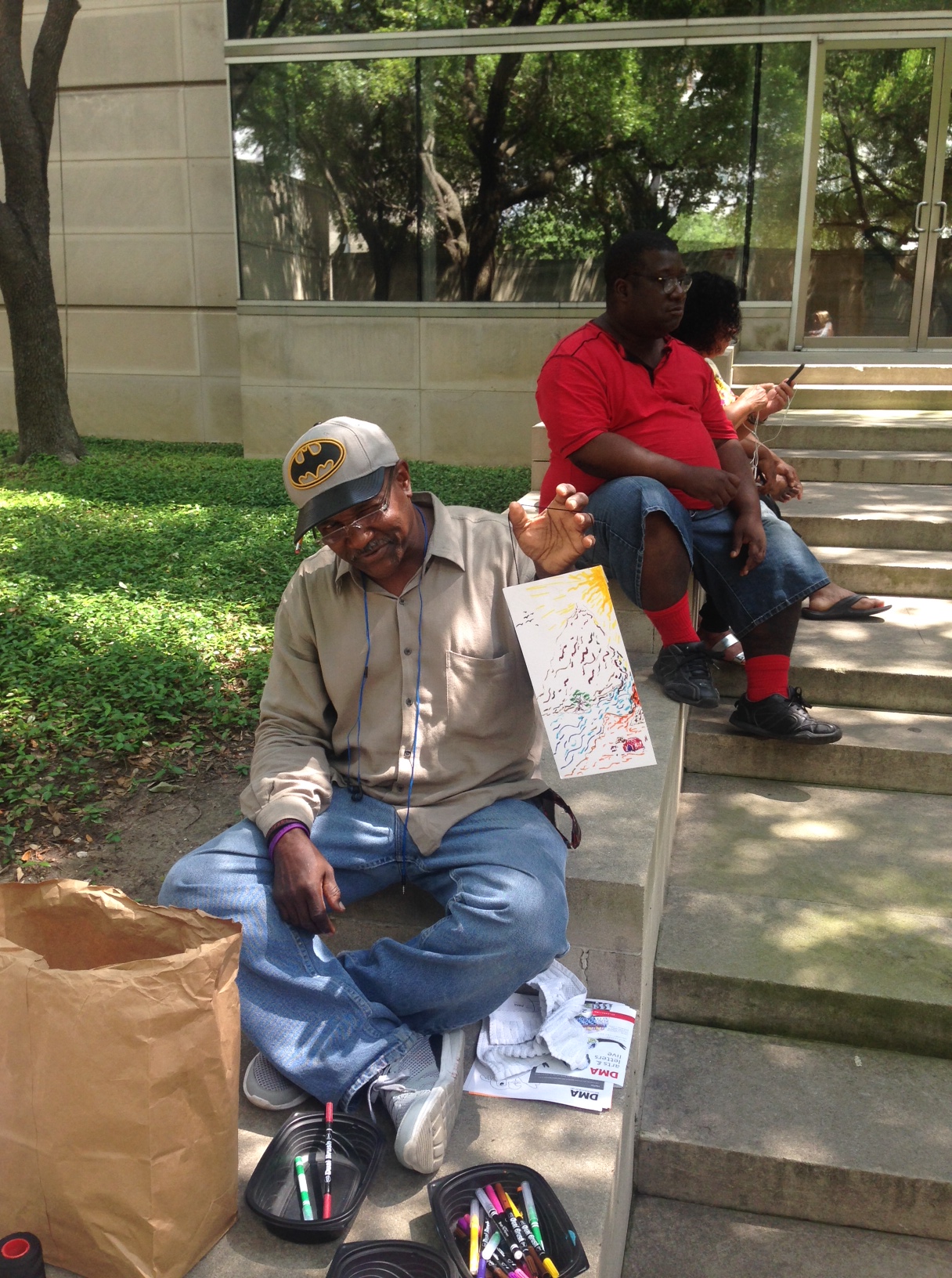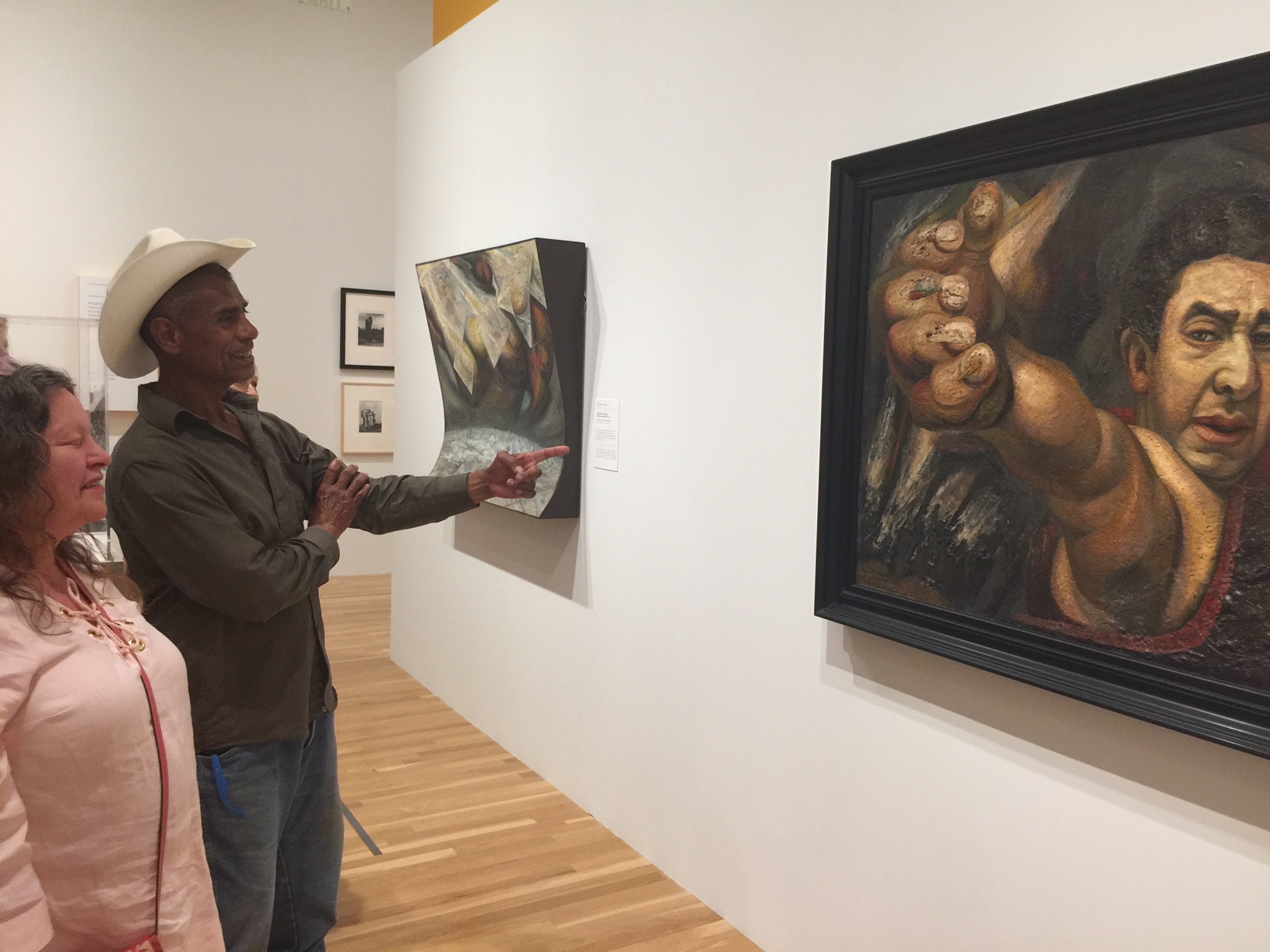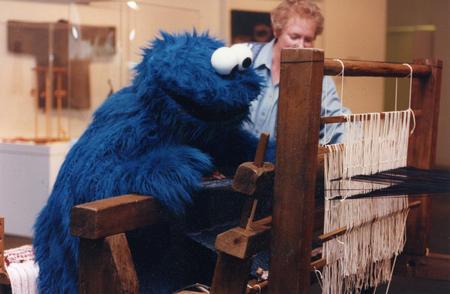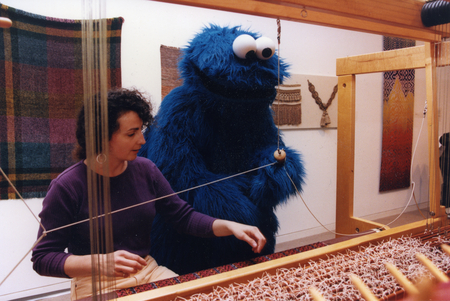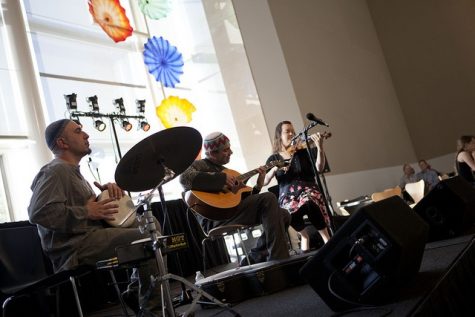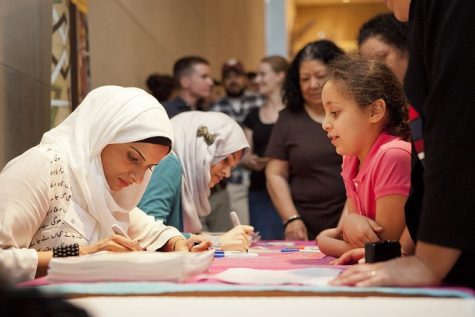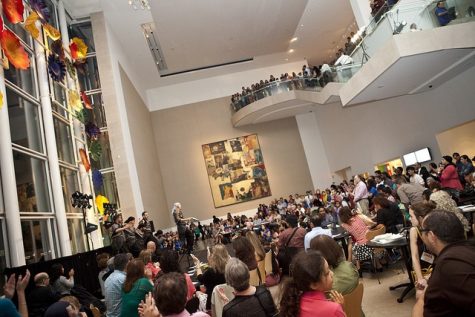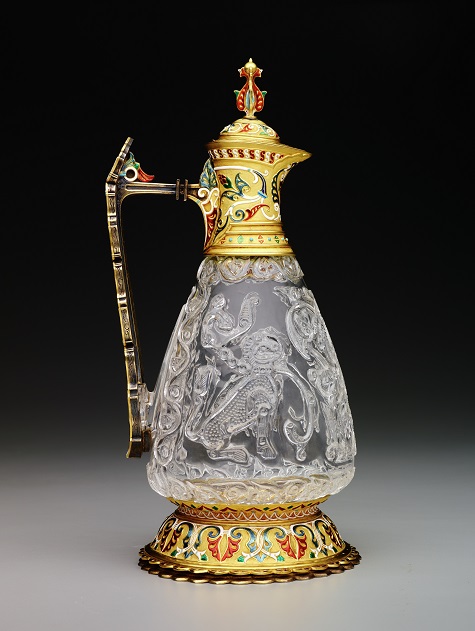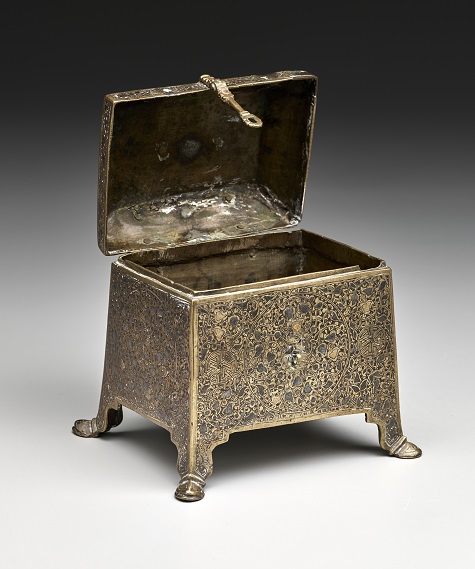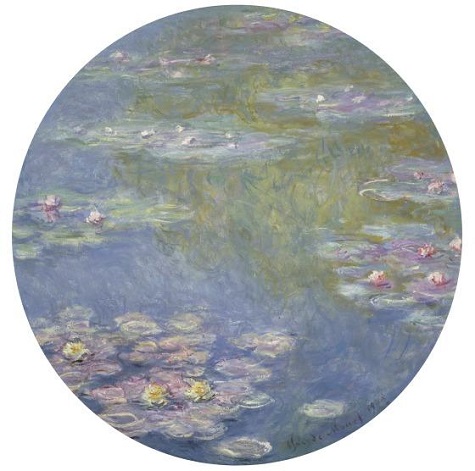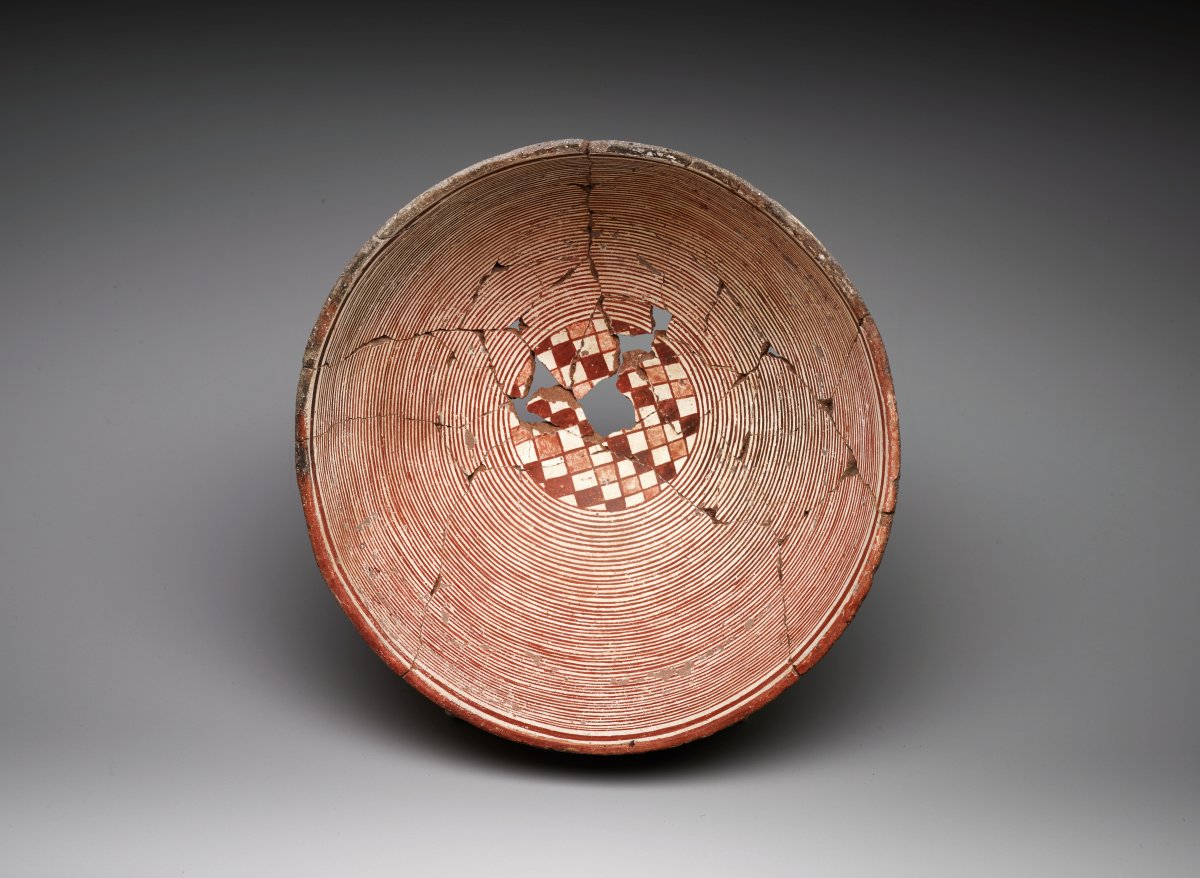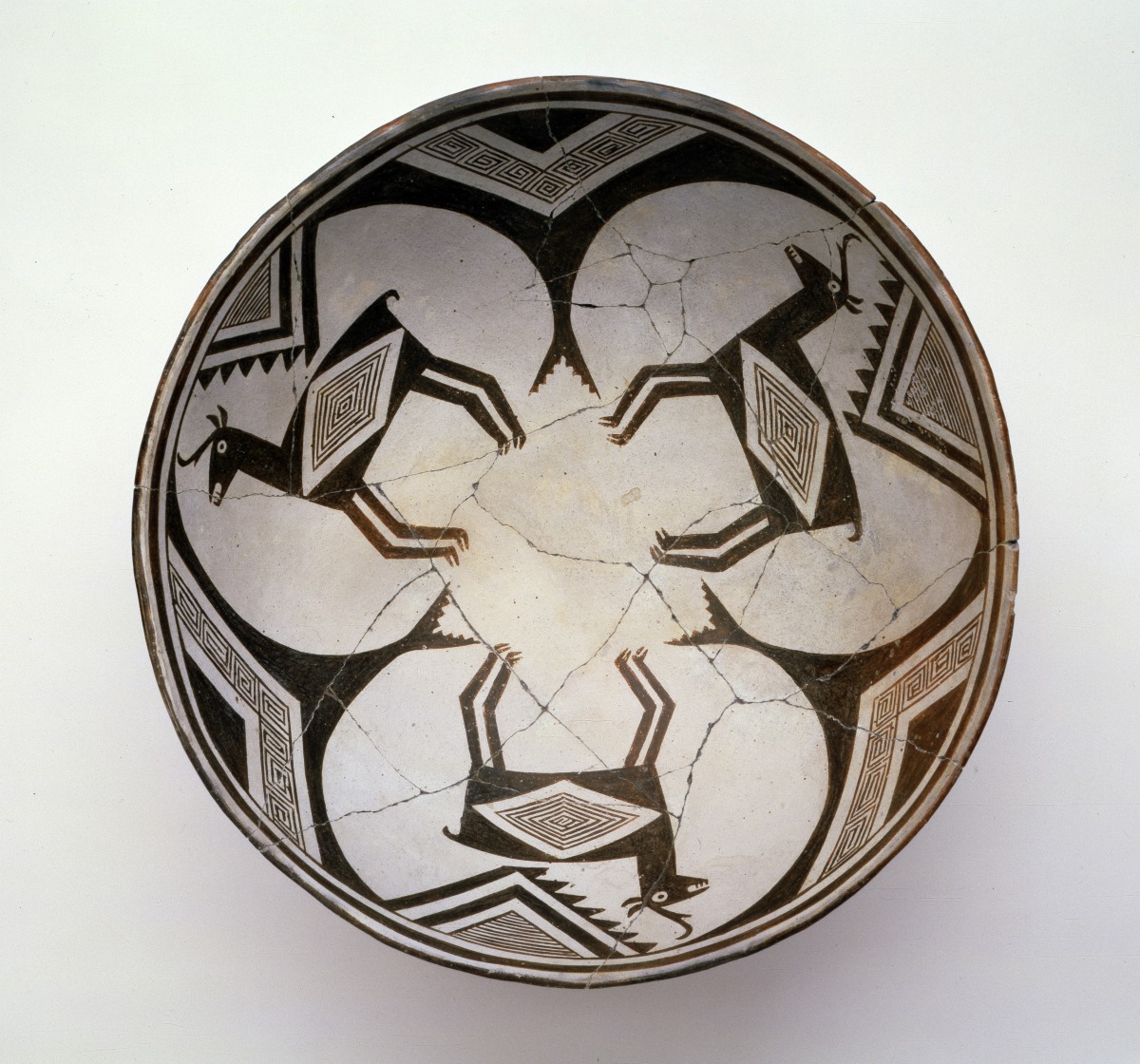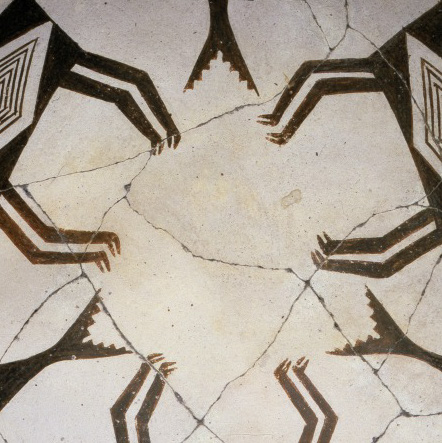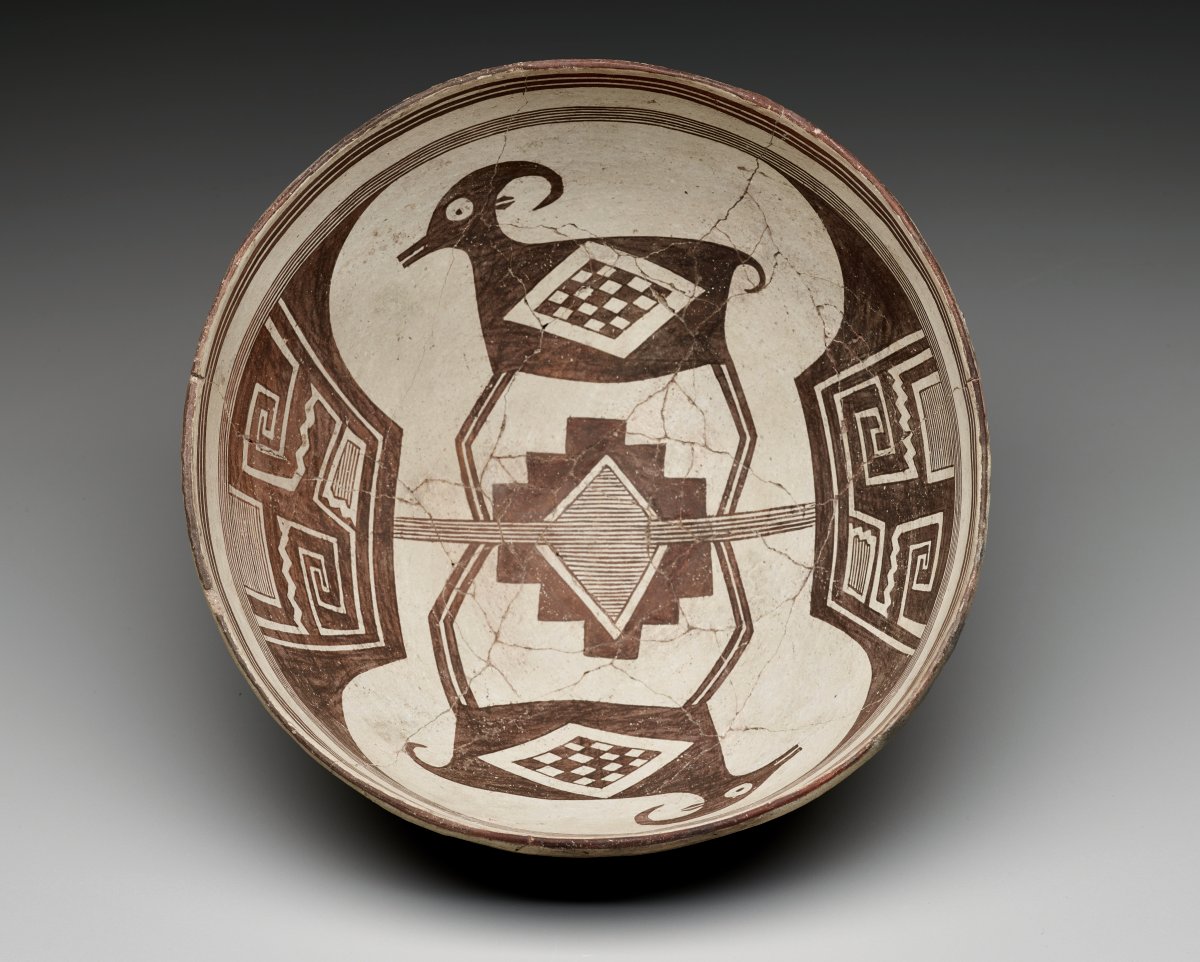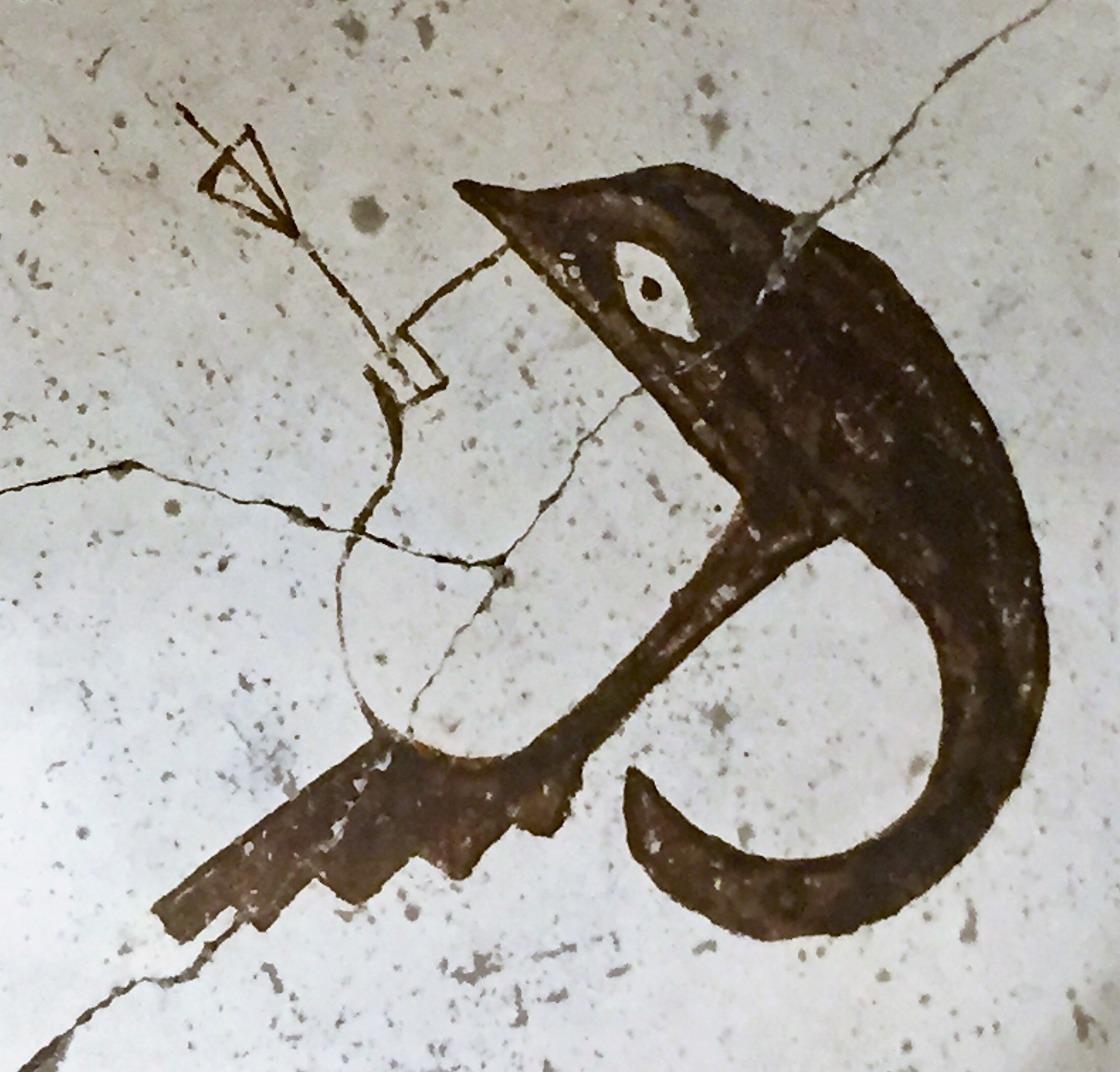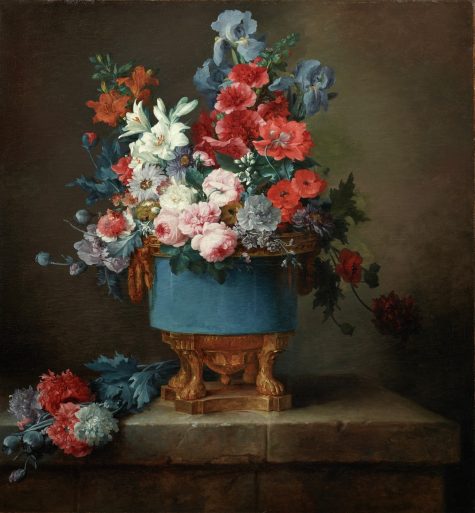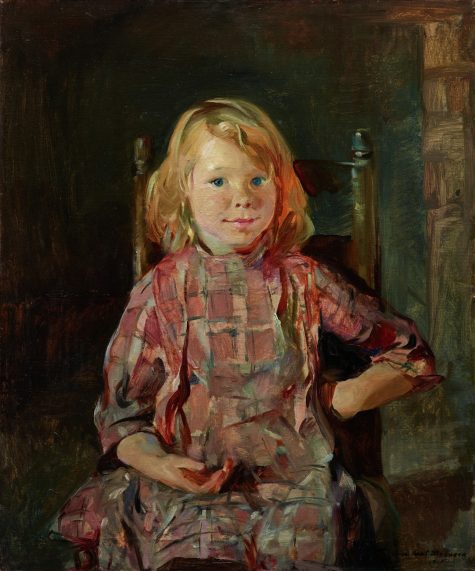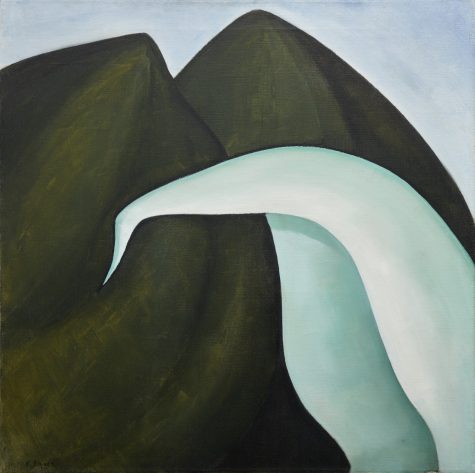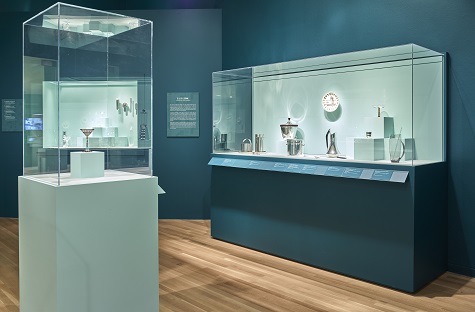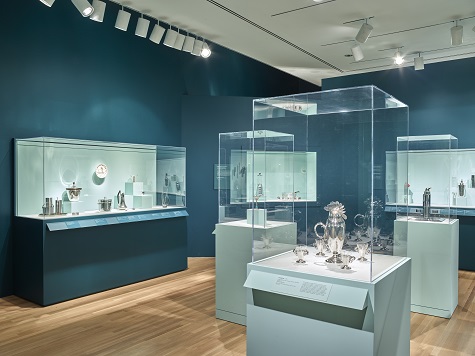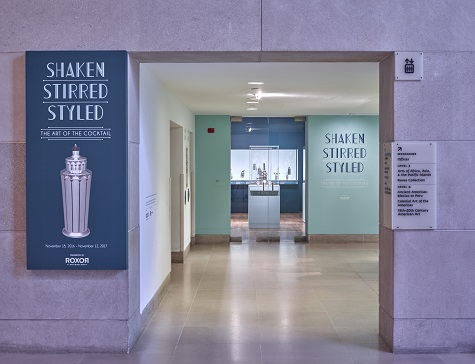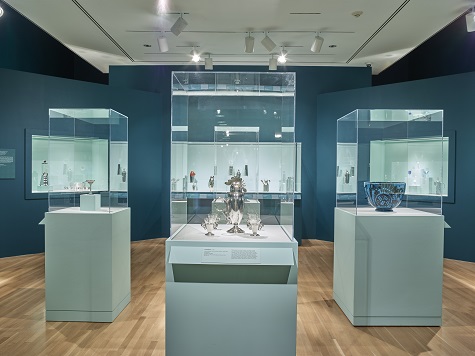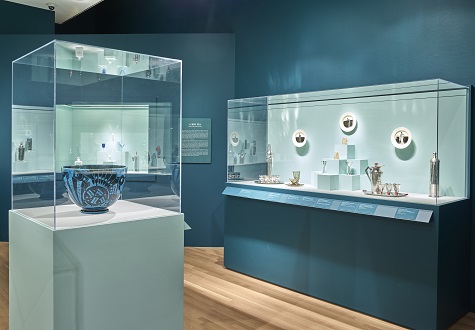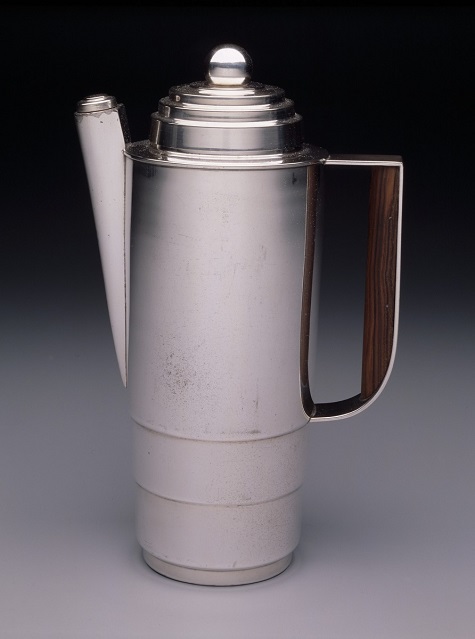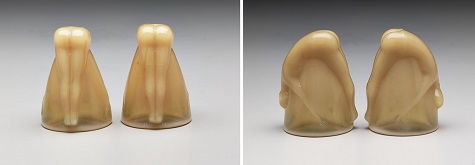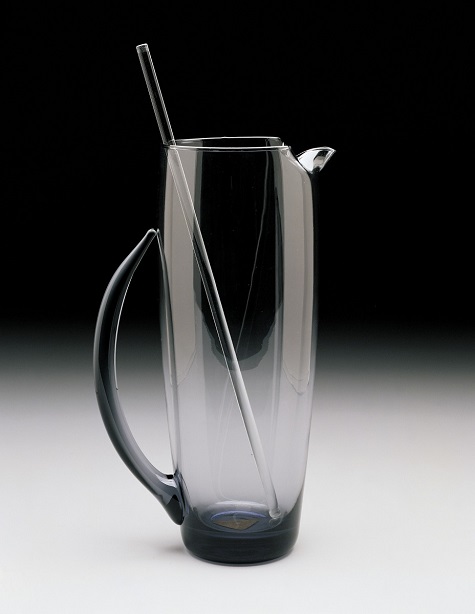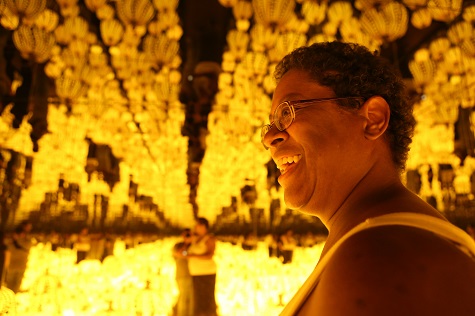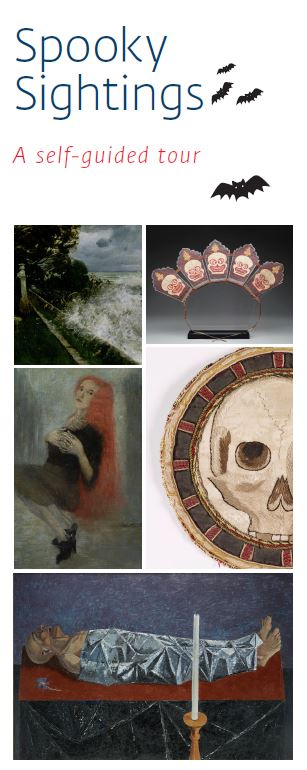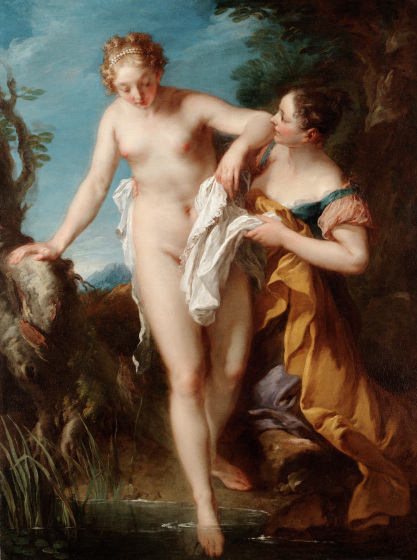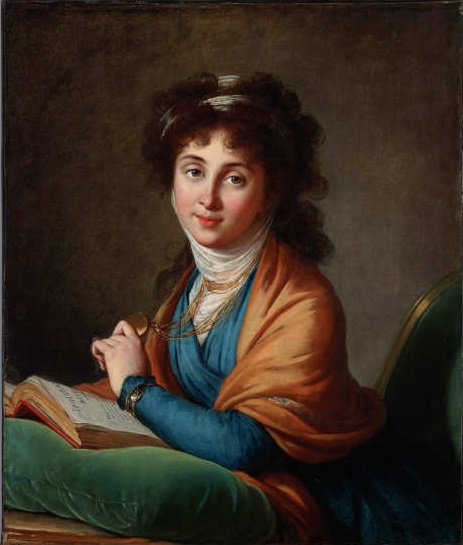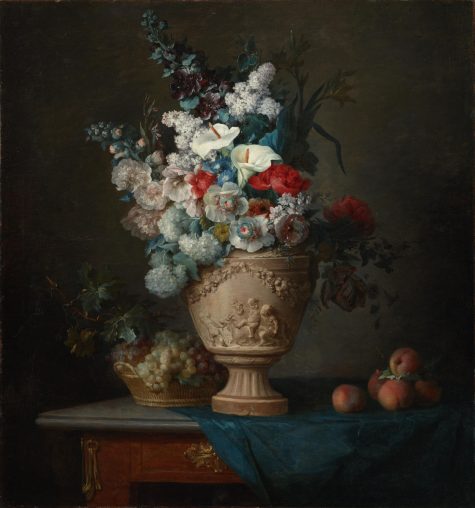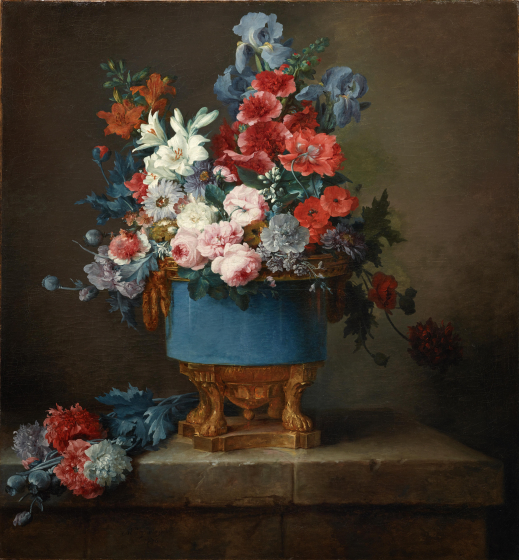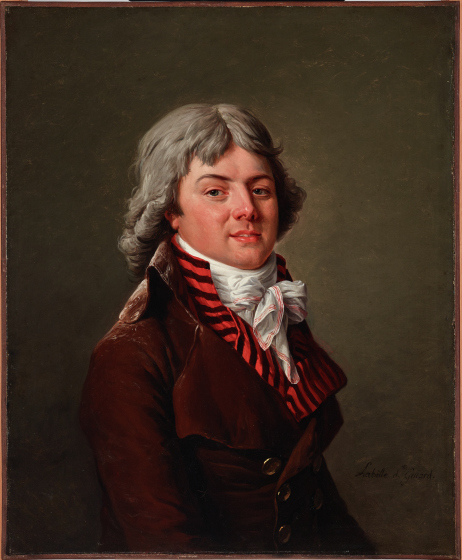They say there’s no place like home for the holidays, and here at the Museum, we’ve been excited about one of the oldest stories about going home: The Odyssey. On Wednesday, November 29, DMA Arts & Letters Live will host award-winning author Daniel Mendelsohn as he talks about his book An Odyssey: A Father, a Son, and an Epic. Mendelsohn’s memoir shares what he learned from teaching his dad in a university course on Homer’s The Odyssey, reading and reliving this epic.
Thanks to the DMA’s wonderful collection of classical art, visitors can view Greek artworks related to Homer’s The Odyssey before Mendelsohn’s talk. Here are a few of our favorites.
Heroes
The star of The Odyssey, Odysseus, is not your typical hero. As Mendelsohn’s dad points out, Odysseus “lost all his men . . . is a liar . . . cheated on his wife . . . and without the gods [is] helpless” (Mendelsohn). However, classical heroes are not necessarily moral, but merely impressive people who fought well and died for honor. The DMA’s funerary sculpture of a young man shows the Greek idea of a hero: a great man who died bravely in battle. This idealized nude figure at the prime of his life is memorialized in a military stance.
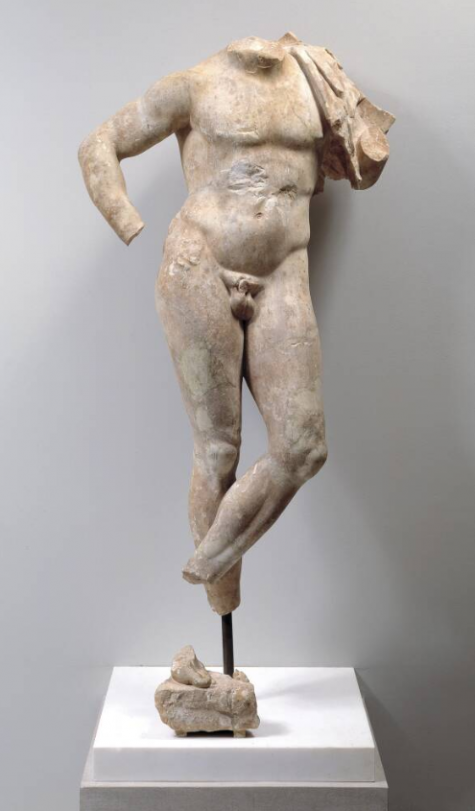
Figure of a young man from a funerary relief, Greek, Attic, c. 330 B.C.E., marble, Dallas Museum of Art, gift of Mr. and Mrs. Cecil H. Green, 1966.26
Frenemies
The real prototype for a Greek hero is Achilles, the famed warrior of Homer’s epic The Iliad. We find Achilles fighting on this DMA black-figure panel amphora. Looking back to The Iliad, the interactions between Achilles and Odysseus are strained, even while they fight for the same side. Achilles tells Odysseus, “I hate . . . like the very Gates of Death [that man] who stoops to peddling lies” (as translated by Fagles). Since Odysseus uses tricks constantly, it makes sense that the two don’t get along.
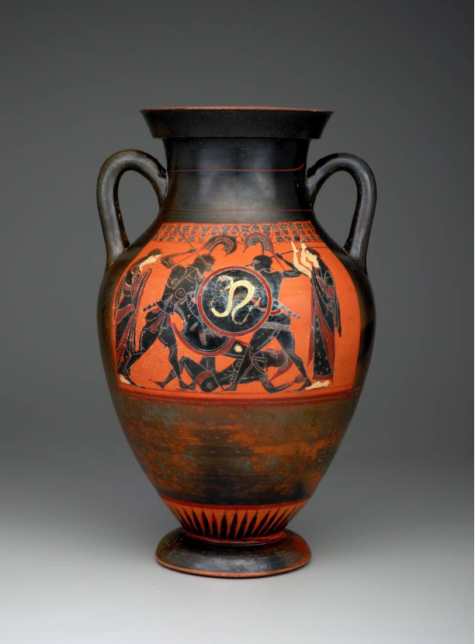
Black-figure panel amphora, Greek; Attic, last quarter of 6th century B.C.E., ceramic, Dallas Museum of Art, Munger Fund, 1965.29.M
Seduction and Violence
The Odyssey illustrates the dangers of two timeless powers: love and death. Look inside this DMA kylix, or drinking bowl, and you’ll find a familiar face: a siren. The enchanting sirens are one of Odysseus’s obstacles, and they combine the two dangers of seduction and physical violence. Placed on the interior of this bowl, the image of the siren was likely meant to ward off evil.
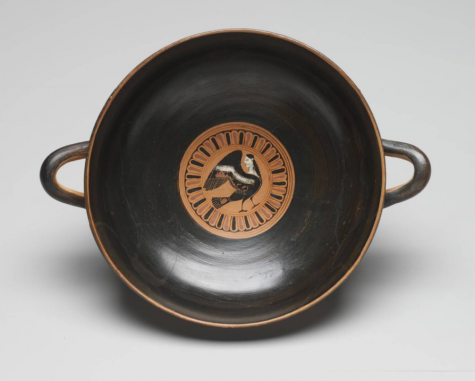
Black-figure kylix, Attic, c. 550-530 B.C.E., ceramic with slip, Dallas Museum of Art, gift of Bill and Jean Booziotis and Wendover Fund in honor of Pepecha Zarafonetis Booziotis, 2004.19
Immortality
Gold olive-leaf wreaths typically crowned athletes, influential politicians, or individuals who had died. When crowning dead bodies, as this DMA wreath likely did, the undying gold may have symbolized the hope that the fame of the individual would triumph in immortality. The desire for immortality was a frequent theme in Greek mythology. However, Odysseus is unique in that, when offered immortality from the goddess Calypso, he refuses it. For him, reaching home is more important than eternal life.
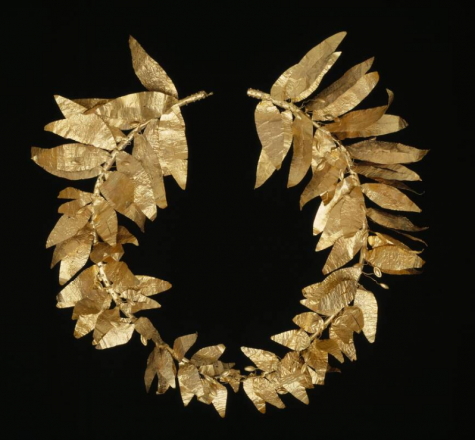
Wreath, Greek, 4th century B.C.E., gold, Dallas Museum of Art, Museum League Purchase Funds, The Eugene and Margaret McDermott Art Fund, Inc., and Cecil H. and Ida M. Green in honor of Virginia Lucas Nick, 1991.75.55
In Greek, the word nostos refers to a return trip home (fun fact: nostos + algos, which means grief or pain, is the root of nostalgia). Only a small portion of The Odyssey is considered a true telling of nostos, but the prevalence of nostos ballads shows that the Greeks definitely recognized the value of returns. Mendelsohn and his father seem to agree: while reaching the end can be complicated, there is something important about a journey back. Wherever you might be heading this winter, safe travels!
Tickets are still available to see Daniel Mendelsohn at the DMA on November 29! Join me that night for a pre-event tour as we take a closer look at Homer’s themes in the DMA’s Greek collection.
Kathleen Alva, McDermott Intern for Adult Programming and Arts & Letters Live at the DMA.

